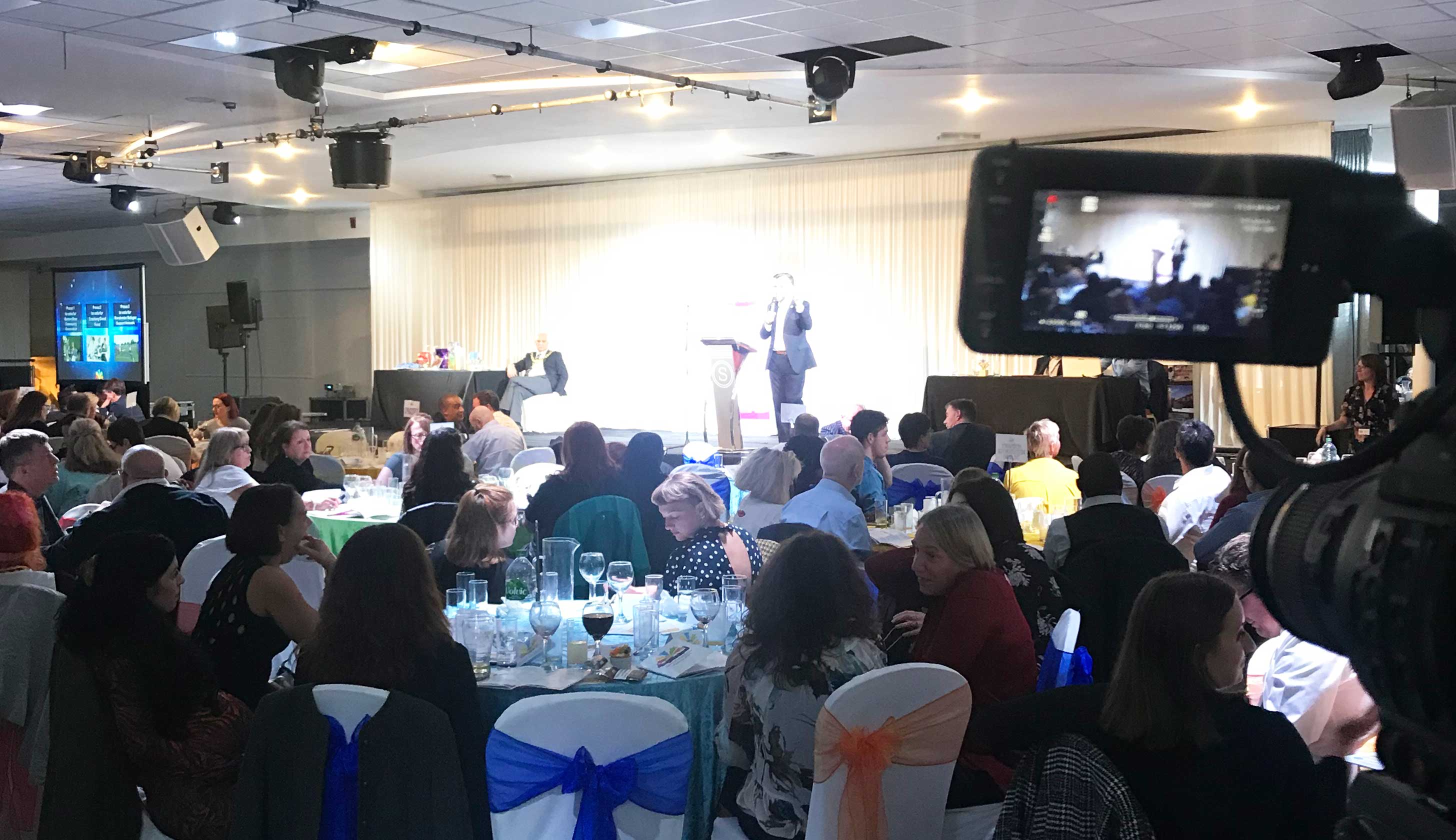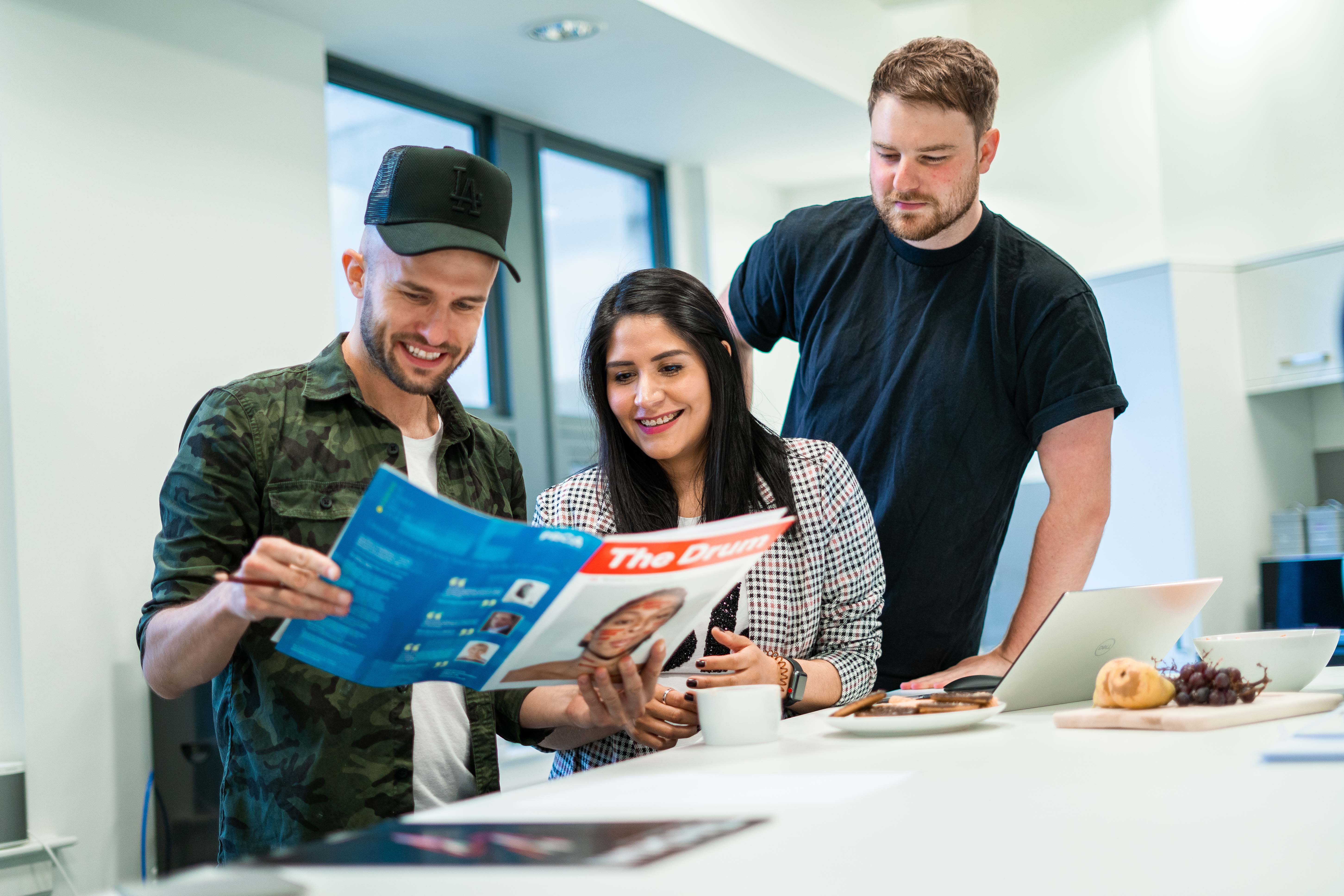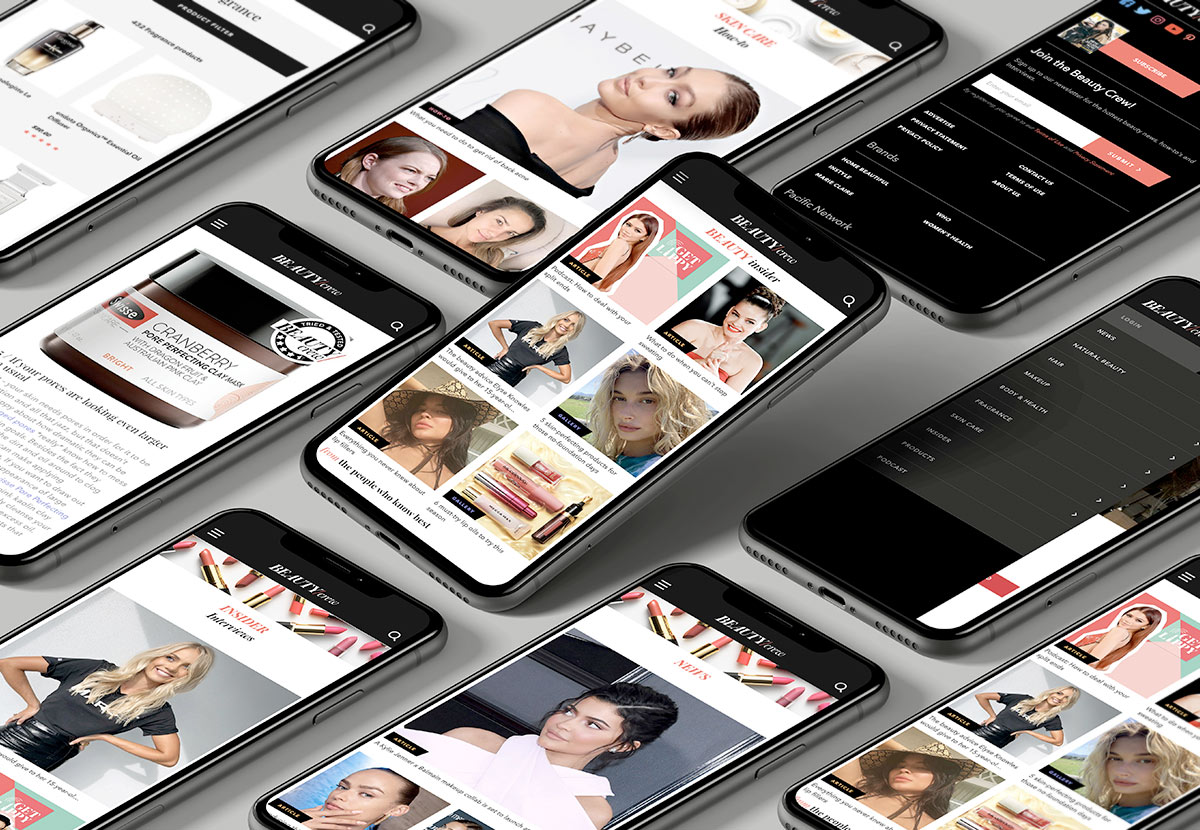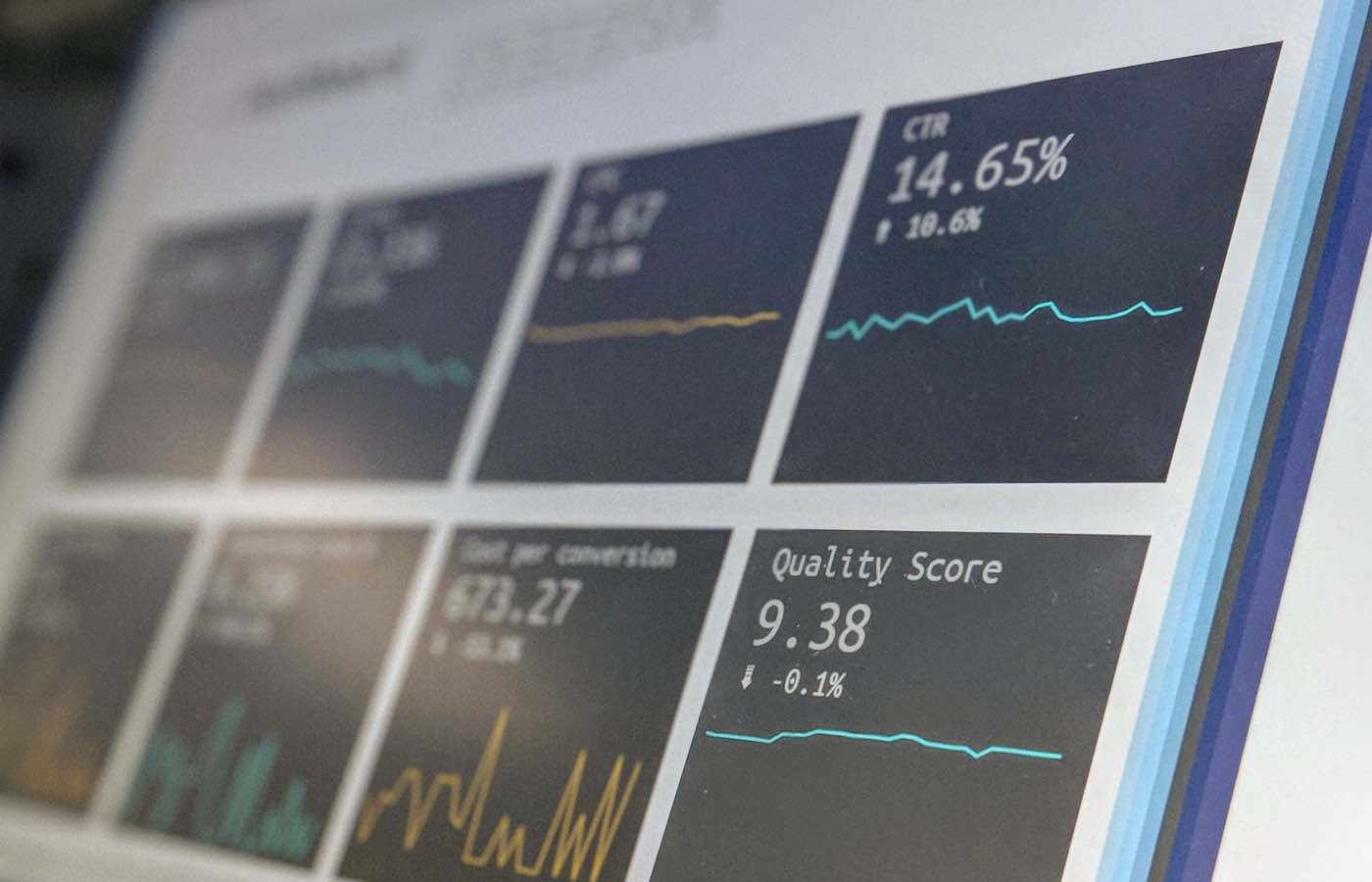
Ever feel like you’re in a creative rut and not quite reaching your potential? Or if you feel like you want to build your confidence when it comes to creativity and exploring new ideas but you’re not sure where to start, this blog includes some practical ways you can unlock all that creative potential.
1. Waste Time
It sounds very counter productive to waste time, but unlocking creative potential requires quite a bit of trying and failing… which ultimately all takes a lot of time. When we feel under pressure to use the time we have to make amazing results happen, we tend to feel a bit less like getting creative and instead lean towards relying on our traditional method in order to get the job done efficiently.900
Some people might dedicate 5 minutes each morning or an hour in the evening, but however you choose to do it, set some time aside to be creative without any pressure on the result. When you do this you give yourself space to experiment with new ideas and unlock your creative potential further. For example, a graphic designer might choose to work on a crazy hypothetical brief for a few minutes each morning just to test new design ideas and style, and in turn they’ll be sharpening their skills and discovering their own creative taste further.
2. Take Notes
When we repeat the same action enough times, it becomes a habit. That’s why it’s a great idea to get into the practice of actively looking for inspiration when you’re out and about or in the office, whenever you see something that sparks your creativity or makes you feel inspired. remember to take a note. You might want to quickly record a voice note, sketch an idea or just stick it in note format in your phone – but getting into the practice will lead to you more actively looking for creative inspiration around you.
The great thing is that this tip can apply for a lot of different circumstances – see a piece of copy that made you laugh? Take a note! Or if you saw a creative in an ad that made you really look, make a note of what design style it was so that you can remember to explore the idea further.
3. Surround yourself with inspiration
We get inspired by the things around us, and we can just as equally feel a bit disheartened by what we view regularly. So from time to time, have a look through your social media feeds and see whether it’s a true reflection of what you’d like to see. Spend time to find the resources that inspire you most, be that email newsletters, communities and groups, blogs or particular influencers etc. The same goes for networking to find like-minded creatives that share your passion and can push you to go even further with your ideas. When we surround ourselves with sources of inspiration both online and offline, we are more likely to take positive steps toward unlocking our creative potential.
4. Get feedback
Sometimes when we’re standing very close to something, we don’t get the full picture. This can happen on projects that we’ve put a lot of effort into, so it’s always a good idea to ask for honest feedback from those like-minded creatives you’ve spent time getting to know. For example, we may have just spent hours writing copy for a new campaign and think it’s perfect. When we let another person review it however, they might notice that the overall tone doesn’t come off exactly how it should. That feedback helps you to make a note to avoid that same mistake in the future.
Having a supportive community to ask for feedback from can help you to develop on creative ideas and give you the confidence to push an idea even further.
5. Stop comparison
Comparison really does kill creativity. When we look a bit too closely at what other people are having success with, we might find it easier to try to replicate whatever it is that they are doing rather than using our own creativity to come up with a more innovative approach. To fully unlock creative potential, the best comparison you can make is against yourself the last time you tried that particular task.
For example, if you see an ad format working well for one of your competitors, you might be tempted to try to replicate that same style for your own brand. Not only does this take you off course from finding your brand’s unique approach, it would also make your brand blend into the ads in your industry rather than stand out. That’s why it’s always best to make choices based on comparisons against the data you have on your own previous attempts , rather than on what seems to be working for someone else.









